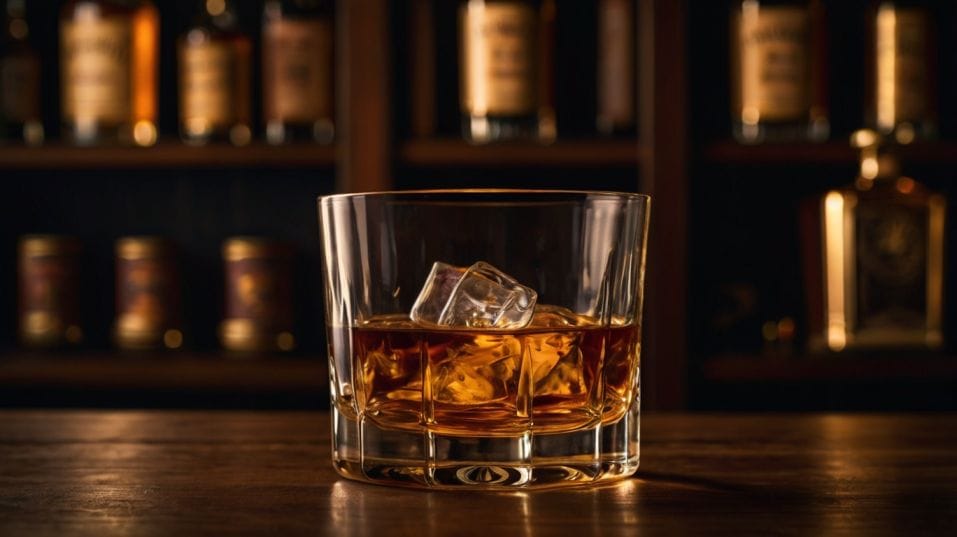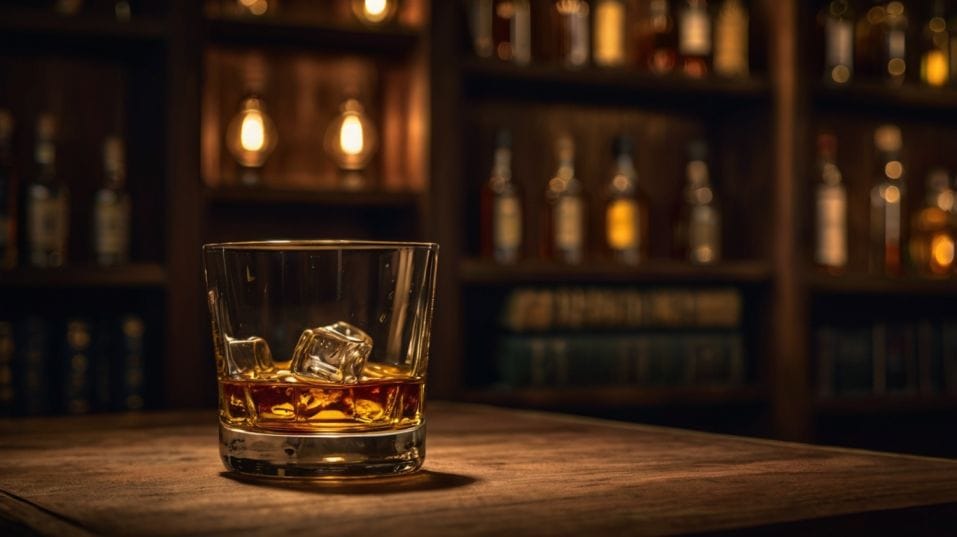Do You Need Fancy Glasses to Enjoy Whiskey?
Curious about whiskey glasses? Learn how the right glass boosts aroma, flavor, and confidence—without falling for hype or high prices.

Do you really need a special glass to taste whiskey properly? If you’ve started noticing flavors and building your palate, you’ve probably heard that line.
But is it true—or just ritual? The right glass won’t make cheap whiskey taste expensive, but it can sharpen what your senses pick up.
That means clearer aroma, steadier sips, and more confidence in what you’re tasting. Let’s break down what actually makes a glass worth using.
Why the Glass Matters (More Than You Think)
Whiskey is not just about flavor—it's about aroma, and aroma is 80% of what your brain translates as taste.
The first thing your glass does is shape that aroma: how it rises, how it concentrates, how it enters your nose.
If you're using a flat tumbler or a wide-mouthed rocks glass, you're losing a huge chunk of the experience before it even starts.
The ideal whiskey glass doesn’t just hold liquid. It manages air and scent. It should capture volatile compounds (those complex aromas that make a rye smell different from a Scotch) and direct them upward in a clean stream toward your nose.
It should give alcohol a chance to evaporate—without knocking you out with ethanol—and offer enough surface area for the whiskey to open up. Good glasses do that. Decorative ones usually don’t.

The Problem With Most Whiskey Glasses
Let’s be blunt. The classic rocks glass? Pure aesthetic. Heavy base, wide rim, zero aroma control. It looks great on TV. It’s awful for serious tasting.
You may enjoy the feeling of drinking from it—and that’s valid—but it’s not giving you the full picture of what’s in your glass.
Then there are shot glasses. These are designed for speed, not subtlety. If you’re trying to learn the difference between grain types, cask finishes, or yeast strains, a shot glass might as well be a blindfold.
On the other extreme, you’ll find oversized stemmed glassware made for wine or brandy. They may swirl well and feel delicate, but they tend to over-amplify alcohol vapors.
With high-proof whiskey, this turns your first sip into a punch in the face. The takeaway? Most glassware—cheap or expensive—wasn’t designed with whiskey’s chemistry in mind.
What Actually Makes a Good Whiskey Glass?
You don’t need something rare or boutique. You need something that does its job well—concentrates aroma, controls ethanol, and lets you experience flavor at full scale.
A good whiskey-tasting glass has:
- A bowl that allows some swirling for oxidation
- A taper toward the rim to direct aroma upward
- A neutral construction—no color, texture, or thickness that gets in the way
Shapes like the Glencairn or Copita are popular for a reason. They were developed not for luxury, but for sensory precision. They’re used in distilleries and competitions because they work, not because they look fancy.
More importantly, they help you build your palate. Using the same shape repeatedly trains your brain.
You begin to notice patterns—what a wheated bourbon smells like, how sherry finish changes a Speyside malt, or when ethanol overpowers nuance. This isn’t preference; it’s palate memory. And consistent glassware speeds that process up.
Matching Your Glass to Your Goals
If you’re just sipping casually, fine. Use what feels good in your hand. Whiskey should still be fun.
But if you’re tasting intentionally—building a collection, studying flavor, or comparing cask finishes—your glass becomes a tool, not an accessory.
Here’s what to think about:
- High-proof whiskeys: Look for a glass that tamps down ethanol and lets subtle notes peek through.
- Peated or smoky pours: Choose a shape that holds those heavier compounds close to the nose.
- Younger whiskeys or single grains: A narrower neck helps focus delicate aromas that might otherwise disappear.
The trick isn’t to match a different glass to every bottle. It’s to understand how your chosen glass behaves—so you can account for it, adjust, and read the whiskey honestly. No guessing. No second-guessing.
A Word on Collectors and Consistency
If you’re collecting whiskey, glassware isn’t about status—it’s about control. You can’t judge a bottle if your glass is skewing the experience.
Using a reliable, well-shaped glass levels the playing field. It gives you repeatable results. That’s how you know if a $40 single malt punches above its weight—or if a $200 bottle is just marketing dressed in oak.
In blind tastings, the best glass is the one that disappears. You shouldn’t be thinking about the shape. You should be thinking about what’s in the glass, and whether it’s showing you everything it has to offer.
Final Thoughts
No, you don’t need fancy glasses to enjoy whiskey. But you do need to respect how glassware shapes what you taste.
If you care about flavor, aroma, and understanding what makes one pour stand apart from another, then yes—the right glass matters.
You’re building skill, not just sipping for style. So find a solid, well-designed tasting glass. Stick with it. Let your palate adapt. Let your brain connect patterns. That’s how whiskey goes from drink to discipline.
Start now. Pour something new. Use a glass that shows it clearly. Smell it. Taste it slow. That’s how you grow—from casual curiosity to confident connoisseur. And that journey? It starts with one good glass.




